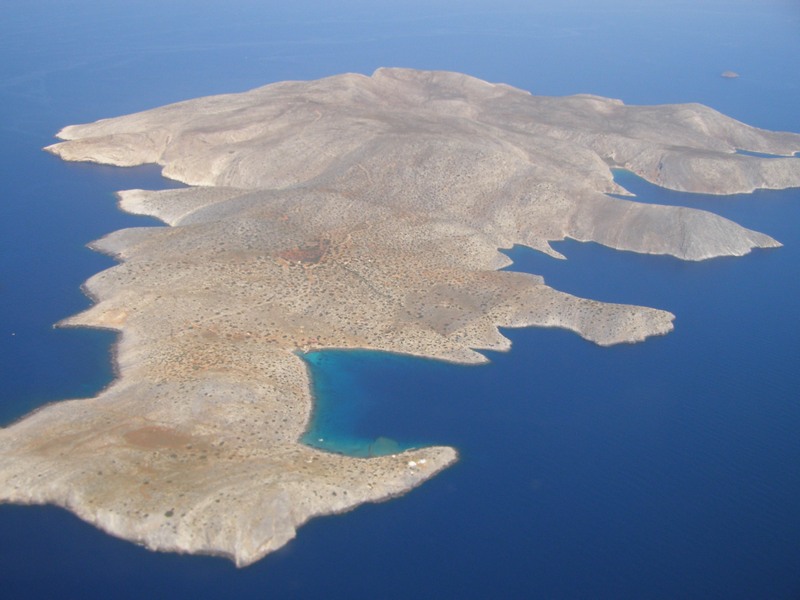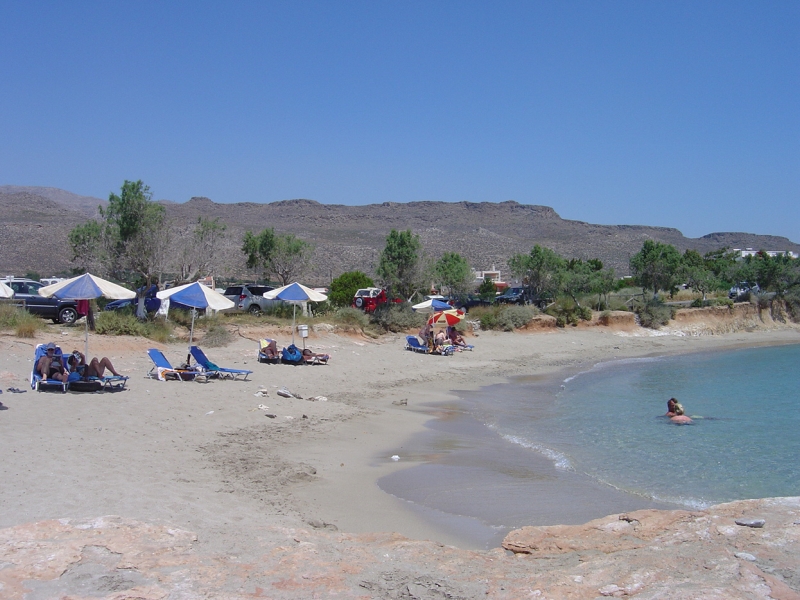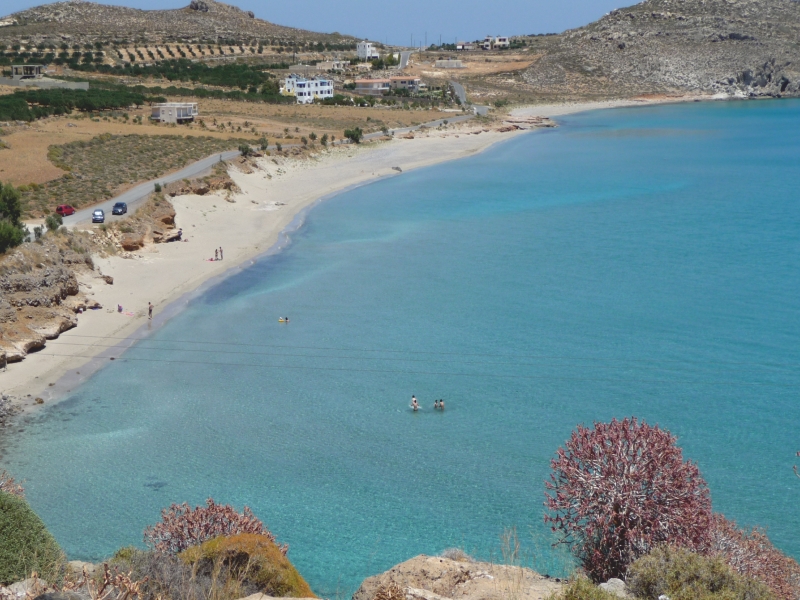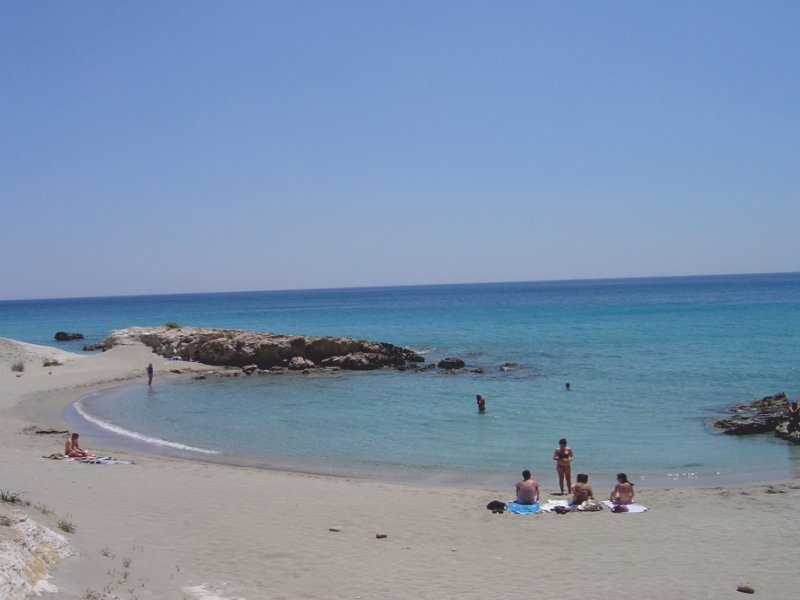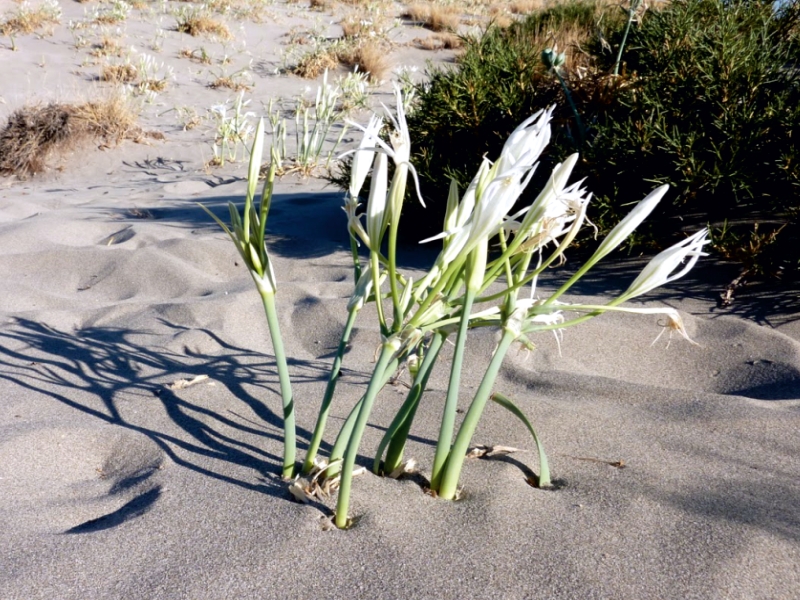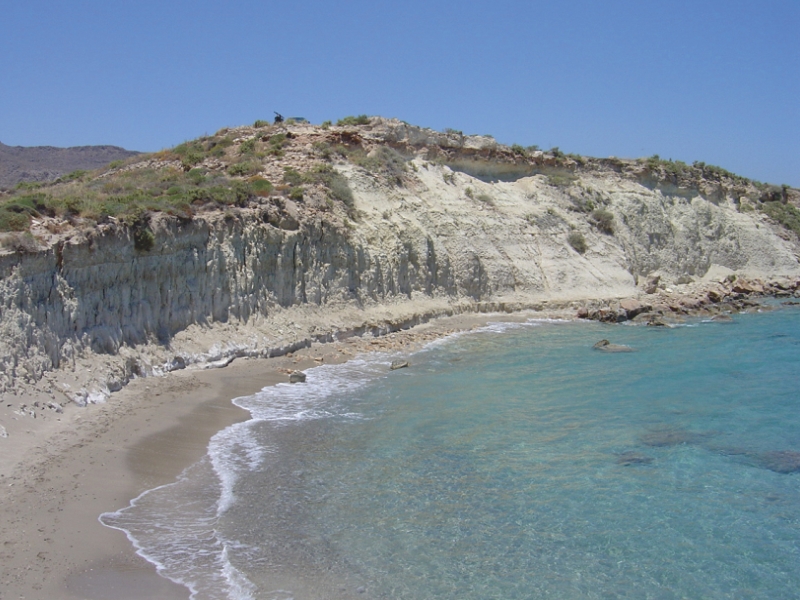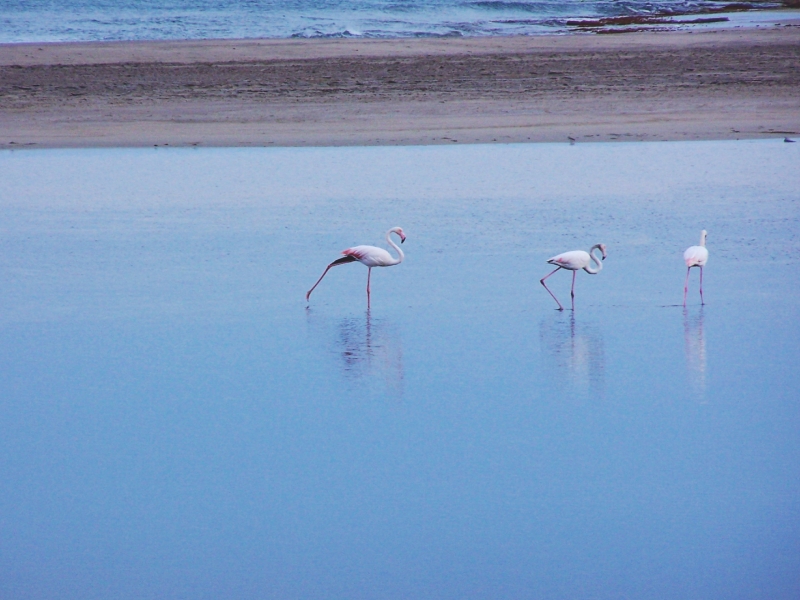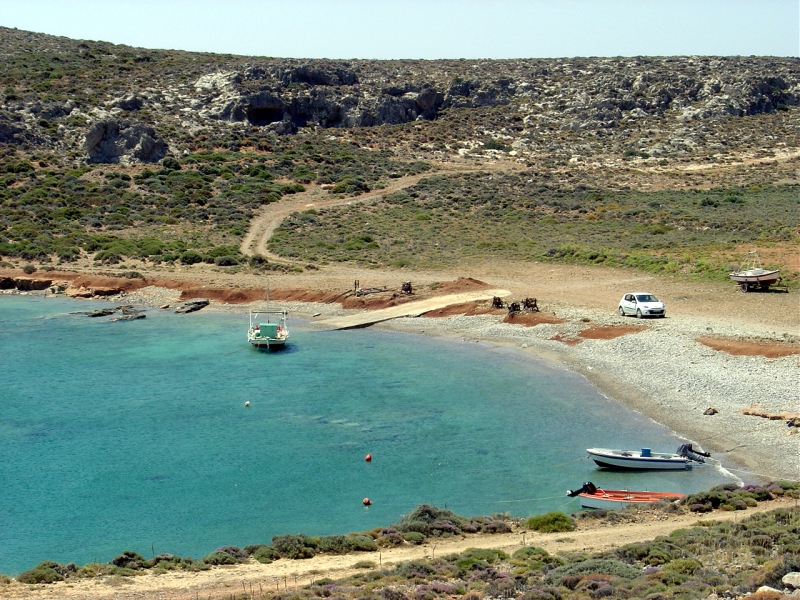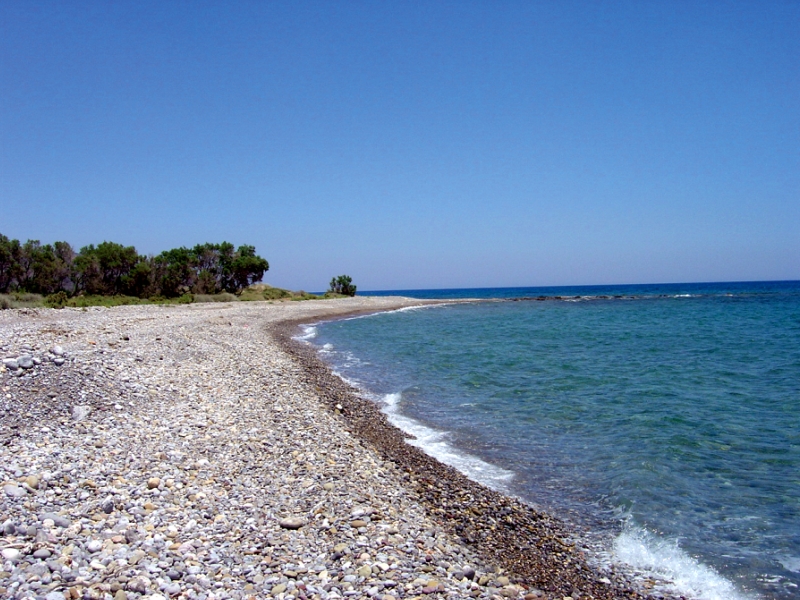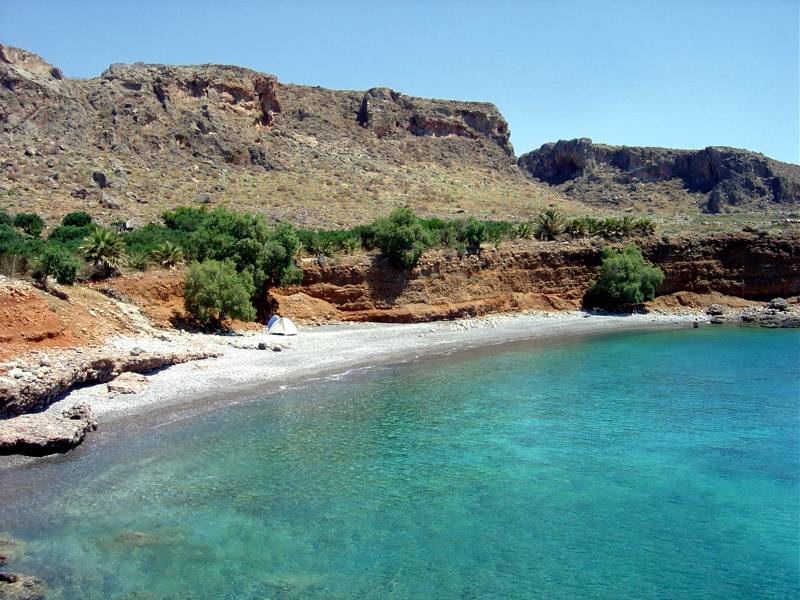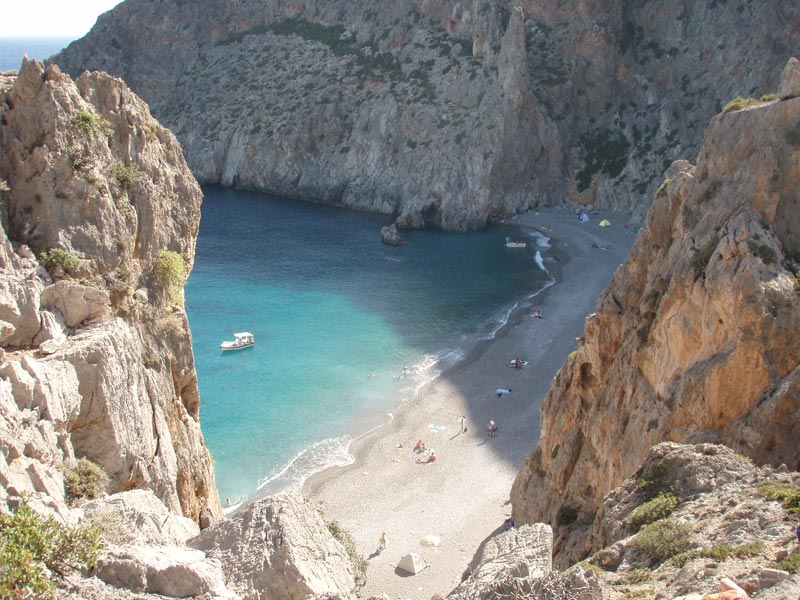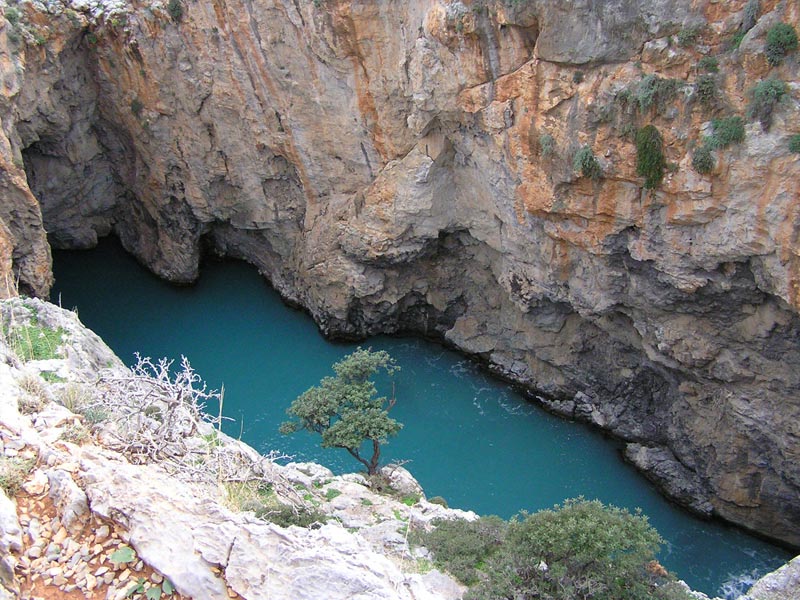We are at the end of preparation of a forum intended to reinforce the
Hellenic – Russian relationships in tourism. That means more power at the
stability of the benign relationships between two countries, rooted in history
but contemporary years also.
Performed under the auspices of:
Ministry of Tourism - EOT - Russian Embassy in Greece - SETE - XEE - POX
• the major Russian TO: Coral Travel - Labirint - Panteon Travel - Solvex
Tourne St. Petersburg - South Cross - TEZ Tour - TUI Russia & CIS - Versa
Travel
• The Ministry of Tourism of Greece
• Region of Crete
• Region Dodecanese
• Association of Greek Tourist Enterprises
• Hellenic Chamber of Hotels
Supported by:
• The Gold Sponsors: Aegean Airlines - Aldemar Hotels & Spa-Bluebird
Airways
• The Sponsor Contact: Media Engineering
• The Technical Support Sponsor: Podimatas Audio Visual

Knossos Royal where forum will take place
The program of forum is:
3
September 2012
Hall 1 – Ermis / Apollon
09:30
- 10:15 Registration
10:30
- 11:00 Opening Speakers
Vladimir
I. Chkhikvishvili, Ambassador of the Russian Federation in
the Greek Republic
Anastasios
Liaskos, General Secretary of Tourism
Stavros
Arnaoutakis, Regional Governor of Crete
Fotis
Chatzidiakos, Vice-Governor of the South Aegean Region
Christos
Dimas, President / Hellenic Russian Chamber of Commerce
11:00
- 12:30 «Mapping the Future between Greece –
Russia»
Keynote
Speakers
Spyros
Danellis, Member of the European Parliament, Member of the Committee of Transport
&
Tourism (TRAN)
Andreas
Andreadis, President / Association of Greek Tourism
Enterprises
Georgios
Tsakiris, President / Hellenic Chamber of Hotels
Yury
Barzykin, Vice President / Russian Union of Tour Industry
Irina
Turina, Press Secretary / Russian Union of Tour Industry
Alexandros
Angelopoulos, Vice President / Aldemar Hotels &
Spa
13:00
- 13:30 Honorary Speech by Mrs. Olga Kegalogianni, Minister of Tourism, in the area
of the ‘Fontana Amorosa’ restaurant
Speech by Mr. Eftichios Vasilakis, Vice President /Aegean Airlines
13:30 - 15:00 Lunch
Session
Αʹ
15:30
- 17:00 Panel: «Visa – Air Transportation -
Airports»
Panel
Coordinator
Maya
Lomidze, Executive Director /Association of Tour Operators of Russia (ATOR)
Introduction by
Capt.
Marios Sabrakos, Quality Manager - Flight Safety Manager
& Security Officer /Bluebird
Airways
Panelists
Ioanna
Papadopoulou, Consultant B’ in the C4 Dept. of the
Greek Ministry of Foreign Affairs
(confirmation pending)
Eftichios
Vasilakis, Vice President / Aegean Airlines
Capt.
Marios Sabrakos, Quality Manager - Flight Safety Manager
& Security Officer/
Bluebird Airways
Georgios
Pliakas, Airport Manager / Heraklion International Airport in Crete, “N.
KAZANTZAKIS”
Tatiana
Zotova, Commercial Director of Labirint
Andrey
Agapov, Commercial Director of Solvex Tourne, St. Petersburg
Questions
& Answers
17:00
- 17:15 Afternoon Coffee Break
Session
Βʹ
17:15
- 18:45 Panel: «Marketing & Sales in Russia –
Characteristics of a Russian
Client
- Shopping Tourism»
Panel
Coordinator
Tatiana
Dmitrova, President / BANKO Service
Panelists
Alexander
Burtin, Commercial Director / TEZ Tour
Zurab
Dzhaparashvili, Vice President /TEZ Tour
Marina
Borisovskaya, General Director of South Cross
Arsen
Saakyan, Owner / Media Engineering
Yulia
Shakirova, Senior Account Manager / Media
Engineering
Anna
Bondarenko, General Manager / Media Travel (Top
Hotels)
Dimitris
Charitidis, Development & Sales Director /
Aldemar Hotels & Spa
Questions &
Answers
4
September 2012
Conference Rooms Klio/Efterpi, Thalia/Melpo,
Kalia/Erato, PolymnEa/Ourania
09:00
- 10:00 Arrivals – Morning Coffee
10:00
- 14:00 Β2Β
Meeting sessions of Russian Tour Operators and Greek Companies
Tour
Operators
Coral Travel - Labirint - Panteon Travel - Solvex Tourne St. Petersburg
- South Cross - TEZ Tour
TUI Russia & CIS - Versa Travel
Coffee –cookies & beverages offered throughout the B2B meeting
sessions .
GOLD
PARTNERS
Aegean
Airlines
Aldemar
Hotels & Spa
Bluebird
Airways
COMMUNICATION
PARTNER
Media
Engineering
TECHNICAL
SUPPORT PARTNER
Podimatas
Audio Visual
UNDER
THE AUSPICES OF
Embassy
of the Russian Federation in Athens
Greek
National Tourism Organisation
Association
of Greek Tourism Enterprises
Hellenic Chamber of
Hotels
Hellenic Hotel
Federation

